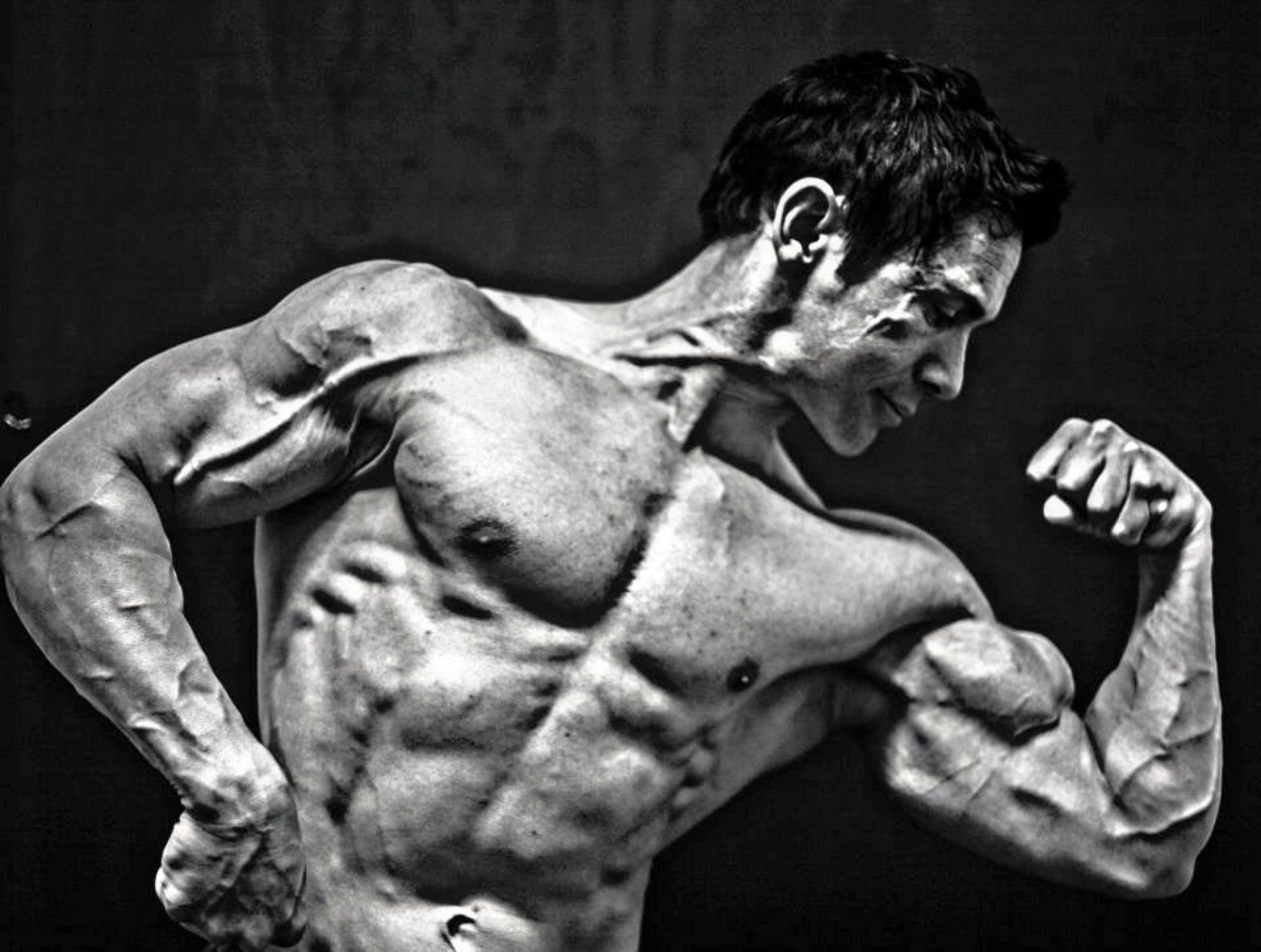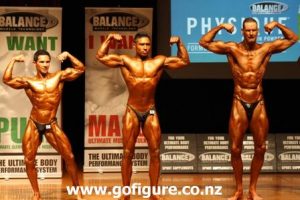I have just finished a 10 week powerlifting program which I think will suit a lot of hard gainers out there. I also think it could benefit older lifters too. But before I share that I would just like to thank the Central Districts Powerlifting Association and NZ Powerlifting for giving me and many other natural athletes the chance to compete in well organised events that provide education and motivation to do our best! This past Saturday at the Hawkes Bay Powerlifting competition was a blast; strong competitors, professional judges and a great team of loaders and experienced powerlifters offering encouragement and their knowledge- I personally took a lot away from it.
Anyway, my 10 week powerlifting stint culminated in my highest total of 472.5 kg at a bodyweight of 68.1kg; with a 155kg squat, 112.5 kg bench and 205 kg deadlift. A big improvement from my last outing where I totalled 440kg at 65.6 kg. It was also more gratifying in the fact that I turned 40 at the end of last year and that with the right diet and training program I can still make muscle and strength gains!
So here is the routine I used: It was 3 workouts a week. Alternating between weeks 1 and 2.
Week 1
Wednesday
- Bench- 4 x 5 reps (1-2 work sets)
- Inclines- 2 x 5
- Dips-2 x 5
- Side row (heavy lateral side raise) 2 x 10, 5
- Machine shoulder press 2 x 10, 5
Friday
- Squat- 5 x 3 reps. (1-2 working sets)
- Front squat- 2 x 5 reps.
- Leg curls- 3 x 5
- Calf raises-2 x 5
Sunday
- DB Row- 3 x 5-8
- Chins- 3 x 5-15
- One arm DB Pendlay row- 2 x 10, 5
- DB Curl- 2 x 10, 5
Week 2
Wednesday
- DB Bench- 2 x 5
- DB Inclines- 2 x 5
- Side row (heavy lateral side raise) 2 x 10, 5
- Machine shoulder press 2 x 10, 5
- Pushdowns-2 x 10, 5
Friday
- Sumo deadlift- 5 x 3 reps. (1-2 working sets)
- Conventional deadlift- 3 x 3 reps. (1 work set)
- Leg curls- 3 x 5
- Calf raises-2 x 5
Sunday
- Chins- 3 x 5-8
- One arm DB Pendlay row- 2 x 10, 5
- Machine row 2 x 5
- DB Curl- 2 x 10, 5
As you can see I only squatted, deadlifted and barbell benched once every 14 days. Mentally this was tough to do (just because I wanted to do them more often) but I am glad I stuck to it. This allowed me to be totally fresh and make progress every time I trained these exercises. Last year I tried to train them once a week with hardly any progress and niggly injuries to boot. So if you are a hard gainer who has made no progress for a while or an older lifter looking to make some PBs again give this routine a try for 10 weeks. I think you will be surprised and extremely happy with the results!


